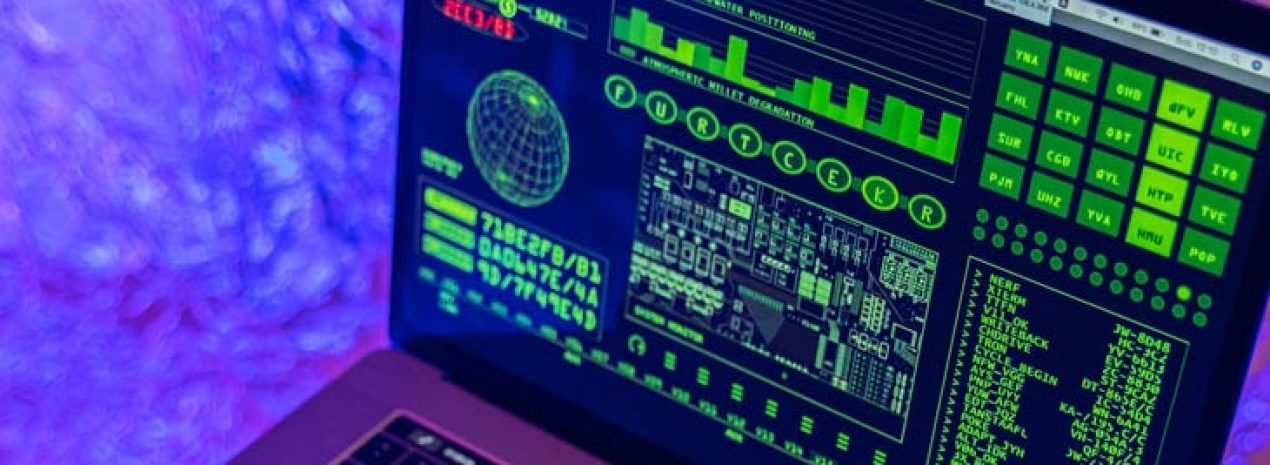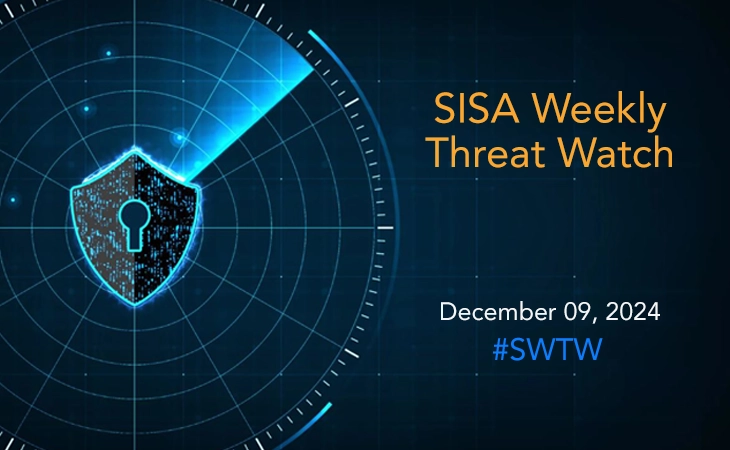
What is Threat Hunting in cybersecurity domain
Threat hunting is the practice of detecting cyber threats lurking in the digit networks. Suppose you have heard of companies’ data being breached for not discovering the attackers’ position. In that case, threat hunting can be the process they require to identify those security incidents before the breach occurs.
To be successful with threat hunting, cybersecurity teams must be equipped with the right technical knowledge and toolsets to detect different types of malicious cyber threats ranging from malware and phishing to zero-day exploits and man-in-the-middle attacks. Just as how digital systems evolve, cyber threats are also increasing in number and diversity.
What is Threat Hunting?
Threat Hunting is a core cybersecurity process that is proactively searching for malwares or attackers trying to get in your network or may have been there for quite some time. It relates to actively seeking out and investigating cyber threats rather than relying upon a firewall or threat detection system.
The attacker might be quietly siphoning off data, patiently deriving confidential information from organization networks, or working their way through the network laterally looking for classified credentials to steal key information.
To illustrate, threat hunting is the process of looking at all current and historical data with the assumption that an unknown threat may have already entered your environment.
Why is threat hunting a popular process in cybersecurity?
The term “threat hunting” was probably coined by security analyst Richard Bejtlich, who wrote in 2011: “To best counter targeted attacks, one must conduct counter-threat operations (CTOps). In other words, defenders must actively hunt intruders in their enterprise.”
To actively defend the internal network, organizations resort to threat hunting as a strategy to search through their networks and endpoints to detect indicators of compromise (IoCs) and threats such as Advanced Persistent Threats (APTs) evading the existing security system in place.
The proactive nature of threat hunting makes it unique as compared to other cybersecurity methods such as traditional perimeter-based security tools.
Threat hunters use a variety of tools and techniques to find malicious activity, including:
- Security information and event management (SIEM) tools: These tools collect and store data from a variety of sources, such as firewalls, intrusion detection systems, and network devices. Threat hunters can use this data to identify suspicious activity.
- Endpoint detection and response (EDR) tools: These tools collect and store data from endpoints, such as computers and servers. Threat hunters can use this data to identify malicious activity on endpoints.
- Managed Detection and Response (MDR): MDR systems are third party solutions that remotely monitors, detects, and responds to threats. By combining both human expertise and technology, MDR tool helps organizations identify threats and limit their impact.
- Threat intelligence: This information includes data about known threats, such as malware samples, attack vectors, and threat actor tactics, techniques, and procedures (TTPs). Threat hunters can use this information to identify malicious activity that is not yet known to their organization.
Key Benefits of Threat Hunting:
- Early Threat Detection: Threat Hunting’s proactive nature enables organizations to detect and neutralize threats in their infancy, preventing them from escalating into major security breaches.
- Reduced Dwell Time: By swiftly identifying and eradicating threats, Threat Hunting significantly reduces the dwell time of cyber adversaries in the network, minimizing potential damage.
- Increased Cyber Resilience: Regular Threat Hunting exercises strengthen an organization’s cybersecurity posture, making it more resilient to future attacks.
- Protection Against Unknown Threats: Traditional security measures often struggle with unknown or zero-day threats, whereas Threat Hunting is designed to tackle such elusive adversaries.
Steps to conduct threat hunting:
- Internal team or external vendor
When you decide to initiate a threat hunting activity, there will always be a question of whether to have an internal team to do the exercise or hire a vendor.
Some organizations have skilled and talented members who can lead the threat hunting process as a function. However, they would require solely working on the hunting assignments, equipping, and exclusively focusing on the task.
When an organization lacks the time and resources that the hunting team requires, it should consider hiring an external vendor to handle the hunting and reporting activity. The vendor should take care of all the collection and monitoring of logs and reporting any anomaly to the organization’s security team. - Planning and Scope
The organization needs to have a proper plan on where they should start and how to take the activity forward, like which devices and networks should be monitored, threat intelligence resources to look up for the accessible repository of malware hashes, IOCs, IOAs, etc.
The scope of monitored devices and networks can always increase as part of continuous exercise. Moreover, knowledge repository will be enhanced with the activities and experiences gained from the ongoing activities. - Tools and Solution
Although human skills and talent are essential, threat hunting exercise requires software to enable the members to amplify their hunting task. Numerous tools and solutions in the market – paid and open source can work in harmony to get the job done.
However, every organization will have its own sets of a challenge if they go ahead, be it understanding the dashboard or utilizing the full potential of the tool, or challenges in automating the routine tasks like log collecting from network and endpoints, organizing the logs, reporting any anomaly to the security team members.
A good SIEM is important and one of the many tools for threat hunting activity. It allows you to bring together your diverse datasets and present them in a way that reveals insights with the least possible effort.To help you on how to choose a SIEM solution – read our blog 9 Things to Keep in Mind while Choosing a SIEM Solution.
- Continuous exercise and learning
Threat Hunting is not a one-day or one-time activity. The nature of the threat hunting exercise is continuous monitoring and learning from owns experience and globally available resources on types of new attacks, malwares, their IOCs and IOAs and implementing the learning in the monitored environment as a proactive threat hunting exercise.
Does your organization need threat hunting?
Although threat hunting is a complex routine task, with the right people, technology, and resources, it can make a massive difference to your organization’s security posture and prevent major catastrophic security incidents even before they occur.
Due to the recent increase in data breaches, most companies today realize the imperative of building proactive threat hunting capabilities either by themselves or by getting into a contract with third-party vendors.
In conclusion, threat hunting is an indispensable component of a comprehensive cybersecurity strategy. As cyber threats become increasingly complex and pervasive, organizations must adopt proactive measures to safeguard their valuable data and assets. Threat hunting empowers organizations to actively seek out potential threats, enhancing incident response capabilities, and significantly reducing the risk of data breaches and cyberattacks. If your organization values its security and strives for proactive defense, it’s time to consider implementing threat hunting as a key element of your cybersecurity arsenal.
Latest
Blogs
Whitepapers
Threat-a-Licious
Customer Success Stories
 USA
USA India
India APAC
APAC Middle East
Middle East Global
Global






 Facebook
Facebook Linkedin
Linkedin  X
X Youtube
Youtube








